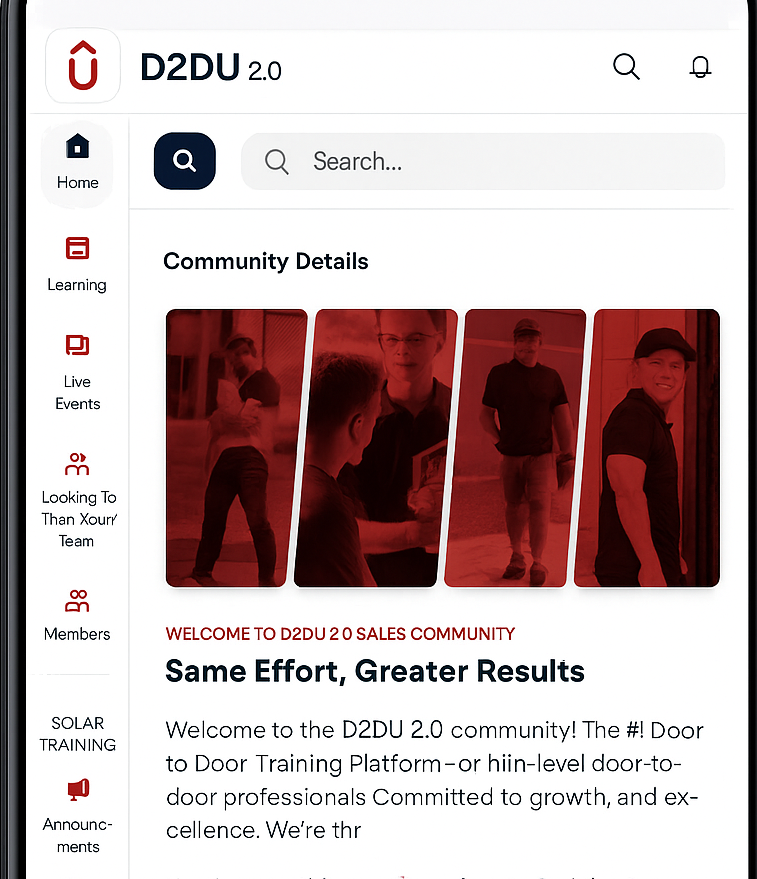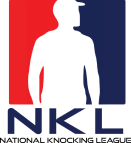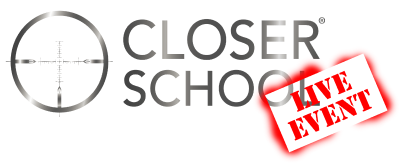Is your sales team hitting their goals, or are you constantly struggling to predict revenue and maintain consistent performance? For owners and managers, nothing is more frustrating than having great talent that can’t be consistently led to great results. The truth is, optimizing team performance isn’t about working harder; it’s about mastering Sales Management Best Practices.
This guide introduces the proven, structured strategies you need to stop guessing and start building a predictable, high-performing sales machine. We’re cutting the fluff to deliver actionable insights that boost your team’s efficiency and secure year-over-year revenue growth.
Here’s what you’ll get from this article:
- The importance of aligning sales goals with company objectives.
- How adopting data-driven strategies boosts team performance.
- The role of ongoing training and development in sales success.
- Tools and technologies that can streamline sales management.
Why Sales Management Best Practices Are Essential for Business Success
The Role of Sales Management in Achieving Business Goals
Sales management isn’t just about tracking numbers; it’s the engine that converts company strategy into actual cash flow. Effective Sales Management Best Practices ensure every team member is moving toward the same revenue target, which directly influences overall company success. When objectives are well-defined, they provide a measurable path for both individual and team success.
Read Also “Sales Leader or Sales Manager“
Key Trends Shaping Sales Management Today
Modern sales management is rapidly evolving, making traditional “gut-feeling” leadership obsolete. Today’s top leaders succeed by leveraging two key trends:
- Adoption of Technology and Data-Driven Decision-Making: Businesses that implement data-driven decision-making processes show a statistically significant increase in revenue growth metrics. This shift relies on CRM data and sales analytics to guide decisions.
- Remote Sales Teams and Digital Selling Practices: The ability to effectively manage and coach remote or D2D teams requires consistent processes and data access, reinforcing the need for formal management best practices.
Common Sales Management Mistakes to Avoid
Lack of Clear Sales Objectives
Unclear sales goals don’t just miss the mark—they demotivate your team. Ambiguous objectives lead to misdirected effort and wasted resources because reps can’t prioritize what matters most. When goals are vague, effort can look productive but ultimately fails to convert to revenue will due to the Sales Management Mistakes.
Inadequate Sales Training and Development
A lack of continuous training is one of the most significant risks for sales teams. This oversight can lead to inconsistent methodologies and inadequate product knowledge, which severely hinders the ability to close deals. Furthermore, high turnover is often a direct result of this failure: nearly half (47%) of Account Executives attribute their departure to poor training or onboarding. This is a massive cost, as replacing a salesperson can cost around $115,000.
Failing to Adapt to Market Changes
Sticking to rigid strategies and metrics prevents teams from adapting to unique client scenarios or sudden market shifts. Sales Management Best Practices require a flexible approach. When a team is unprepared for changes in customer behavior, they fall behind competitors and miss crucial revenue opportunities.
Sales Management Best Practices to Drive Optimal Performance
Establish Clear and Measurable Sales Goals
The first step in implementing Sales Management Best Practices is to ensure your entire team knows what success looks like. The solution is using the SMART framework for goal-setting:
- Specific: Focus on a defined outcome.
- Measurable: Tie the goal to a trackable metric (KPI).
- Achievable: The goal must be realistic to avoid burnout.
- Relevant: Align the goal with broader company strategy.
- Time-bound: Set specific deadlines to drive focus and allow for evaluation.
Implement Data-Driven Sales Strategies
High-performing teams use data to make decisions, not just track them. Businesses that implement data-driven decision-making processes show a positive association with higher revenue growth rates. You should use CRM data and sales analytics to:
- Identify Trends: Pinpoint successful behaviors that can be replicated across the team.
- Optimize Activities: Focus reps on the right activities that ladder up to actual outcomes, not just raw volume.
- Track Alignment: Ensure sales targets connect to the broader business strategy.
Foster a Culture of Continuous Learning
You can’t just train once. Sales training content is quickly forgotten, with 84% being lost within three months. The best Sales Management Best Practices integrate continuous learning through:
- Mentorship and Coaching: Sales leadership and coaching programs empower managers to drive ongoing performance improvement. Employees feel 30% more confident in performing their roles when supported by such initiatives.
- Bite-Sized Reinforcement: Delivering training in quick, easily digestible formats (like mobile videos or interactive quizzes) supports memory and recall.
Use Effective Sales Performance Metrics
Effective metrics go beyond just revenue. They are your KPIs (Key Performance Indicators) and should include both leading indicators (behaviors that predict success) and lagging indicators (the final outcomes).
- Leading Indicators: Lead conversion rate, call-to-meeting rate, and pipeline health.
- Lagging Indicators: Total revenue, quota attainment, and average deal size.
Building a High-Performance Sales Team
Recruiting and Onboarding the Right Salespeople
Hiring top talent requires clear alignment with company values and culture. Once hired, a stressful onboarding experience is a major cause of attrition, with almost half of new hires quitting as a result. A structured onboarding program that is supported by management and addresses skill gaps early is an essential Sales Management Best Practice.
Motivation and Incentive Strategies for Sales Teams
Incentives should directly tie to the behaviors you want to reinforce. Performance-based incentives are crucial, as they give reps a clear understanding of how their daily activities lead to rewards. Recognizing and rewarding effort, coupled with providing opportunities for advancement, boosts team morale and engagement.
How to Implement Sales Management Best Practices in Your Organization
Steps to Start Implementing Best Practices
Implementing Sales Management Best Practices should be approached systematically:
- Audit Current State: Identify existing challenges, like low win rates or high turnover.
- Define Target Goals: Link training and management changes directly to clear business goals, such as shortening the average sales cycle by 10 days.
- Choose the Framework: Implement the SMART goal framework and ensure metrics are consistent across the team.
- Integrate Coaching: Make regular, structured coaching sessions a mandatory part of every manager’s week.
Tools and Technologies to Support Sales Management
Technology is no longer optional; it’s a necessity for implementing Sales Management Best Practices.
- CRM (Customer Relationship Management) Tools: Systems like Salesforce or HubSpot are vital for providing a unified data layer so every team member sees the same customer history. Teams using CRM hit quota 41% more often.
- Sales Performance Analytics Software: Tools that track workflow data can measure the extent to which salespeople are actually applying the skills they learned, going beyond manual entry.
Measure the Impact of Sales Management Changes
Measuring impact requires tracking the difference between performance before and after implementing best practices. The ultimate evaluation is calculating ROI: Cost(Benefit−Cost)×100. If your revenue increases by $200,000 after a $50,000 investment, that’s a 300% ROI, which transforms the budget from a cost into a strategic investment.
Conclusion
Adopting Sales Management Best Practices is the definitive strategy for moving your team from inconsistent performance to predictable, optimized revenue growth. By aligning your goals with company strategy, investing in continuous learning, and making data-driven decisions, you stop managing chaos and start leading a high-performance sales organization.
Take actionable steps today. The biggest difference between top sales organizations and the rest is the commitment to continually refine and reinforce these core practices.
Hire fewer trainers, ship more wins
Build a sales machine that runs without you hovering

Relevant FAQs (Frequently Asked Questions)
What are the most effective sales management best practices?
The top strategies for optimizing team performance include: implementing SMART goals aligned with company objectives; using data-driven sales strategies; and fostering a culture of continuous coaching and skill development.
How can I set clear sales goals for my team?
You set clear goals by using the SMART framework: making them Specific, Measurable, Achievable, Relevant, and Time-bound. This turns vague hopes into focused, accountable targets.
What role does sales training play in the success of a sales team?
Ongoing sales training is fundamental. It improves skill consistency, boosts employee confidence (with a reported 30% more confidence in roles due to training), and is directly linked to higher retention, as poor training is a major driver of sales turnover.
How can I measure the performance of my sales team effectively?
You measure performance by tracking KPIs (Key Performance Indicators) that balance behavior (leading indicators like call-to-meeting rate) with outcomes (lagging indicators like quota attainment and revenue). Use CRM tools to track this data in real-time.
What technologies can help streamline sales management?
CRM systems are the most critical tool, helping teams hit quota 41% more often. Other essential technologies include sales analytics platforms, coaching software, and automation tools that reduce time spent on non-selling activities.
How can I build a high-performance sales team from scratch?
Start with structured recruiting and onboarding to reduce costly turnover. Then, implement a robust coaching program, align incentives with desired performance, and commit to continuous skill development to keep reps engaged and productive.
How do I know if my sales management practices are working?
You assess your practices by measuring the ROI: converting performance improvements into monetary value and comparing that benefit against the cost of the program. If you see higher quota attainment, reduced sales cycle length, and improved rep confidence, your practices are working.
Chad Thompson possesses a wealth of experience acquired over two decades of dynamic career paths including door-to-door sales and the construction industry.
Chad has cultivated a comprehensive expertise that spans every facet of the roofing business. From spearheading top-line growth strategies to orchestrating seamless back-end operations, his journey has taken his company to an eight-figure revenue within a mere four years. This ultimately led to a successful exit.
This trajectory ignited Chad’s passion for mentoring and advising aspiring entrepreneurs on the art of business. Chad’s diverse background and extensive range of experiences have endowed him with a unique ability to guide CEOs in seamlessly integrating and maximizing their enterprises.






















